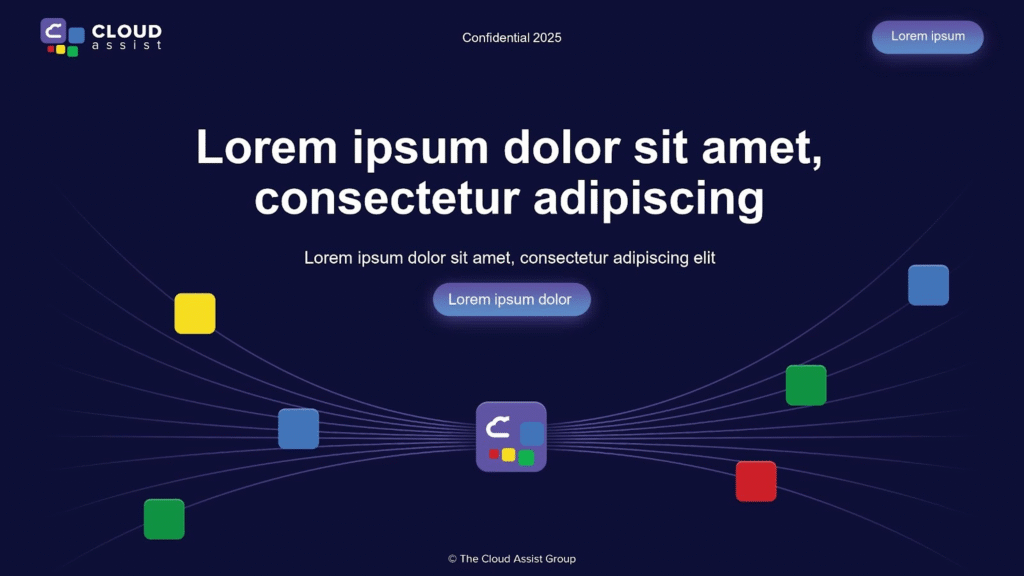Imagine you’re about to meet a potential investor in your backyard. You’ve prepared for weeks, perfected your pitch, and you’re ready to share your brilliant idea. But before you even open your mouth, what’s the very first thing they see? Your pitch deck cover. It’s like the cover of a book – it sets the stage, hints at what’s inside, and, most importantly, decides if someone will bother to open it at all. That’s why exploring strong pitch deck cover ideas is essential to make that first glance count in any outdoor space.
In the fast-paced world of startups and investments, you often get just one shot to make an impact. A powerful pitch deck cover isn’t just a pretty picture; it’s a strategic tool that grabs attention, sparks curiosity, and tells your story before you even say a word. It’s your first handshake, your opening statement, and your chance to stand out in a sea of other hopefuls. So, how do you make sure your cover isn’t just good, but truly unforgettable? Consider incorporating elements that reflect outdoor living, such as a pergola or a porch design that invites engagement. Let’s dive in!

Think about it: investors see countless pitch decks. Their time is precious, and they’re looking for reasons to say “yes” but also for quick reasons to say “no.” Your cover is the gatekeeper. A weak, confusing, or unprofessional cover can lead to your deck being quickly dismissed. On the other hand, a strong, clear, and compelling cover invites them in, making them eager to learn more about your company and your vision.
It’s not just about looking good; it’s about signaling professionalism, attention to detail, and a clear understanding of your brand. As I’ve learned throughout my experience helping businesses grow, understanding why most pitch decks fail often comes down to fundamental missteps, and a weak opening is definitely one of them. Your cover needs to convey trust and competence right from the start.
Now, let’s explore some creative and effective ideas for your pitch deck cover. Each idea aims to make a strong statement and capture investor interest.
What it is: This approach focuses on simplicity, clean lines, and plenty of white space. It typically features your company logo prominently, perhaps a concise tagline, and minimal other elements.
Why it works:
Tips for success:
What it is: This cover immediately highlights the core problem your company solves or the solution it provides. It uses a compelling image or a bold statement to capture the essence of your mission.
Why it works:
Tips for success:

What it is: This cover uses stunning, high-quality imagery that evokes a sense of future, growth, or the positive impact your company will have. It’s about painting a picture of where you’re going.
Why it works:
Tips for success:
What it is: If you have an incredibly compelling statistic or a proven track record of significant growth, why not put it front and center? This cover leads with a powerful number or graph.
Why it works:
Tips for success:

What it is: For companies with a visually appealing product or a clear service offering, this cover features a beautiful, clean image or screenshot of what you sell.
Why it works:
Tips for success:
What it is: This cover features a professional photo of your founding team or key leaders. It emphasizes the people behind the idea.
Why it works:
Tips for success:
What it is: This approach uses an image or graphic that subtly tells a part of your brand’s unique story, mission, or values without being overly literal. It’s about creating an emotional resonance.
Why it works:
Tips for success:
“Your pitch deck cover is more than just a title page; it’s the visual handshake that determines if an investor will delve deeper into your story. Make it count.”

No matter which idea you choose, keep these universal design principles in mind:
| Element | What to Focus On | Avoid |
| Imagery | High-resolution, relevant, impactful | Blurry, generic stock photos, pixelated |
| Text | Clear, concise, readable fonts, strong headline | Too much text, fancy unreadable fonts |
| Color Scheme | Matches brand, professional, easy on the eyes | Clashing colors, overly bright/distracting |
| Layout | Balanced, clean, good use of white space | Cluttered, uneven, hard to follow |
Remember, your pitch deck is a journey from idea to investment, and the cover is the very first step on that journey. Make it welcoming, intriguing, and professional.
Creating a powerful first impression with your pitch deck can be achieved through various innovative deck cover ideas. Some impactful cover ideas include using striking visuals, incorporating your brand colors, showcasing your product, using minimalist designs, adding quotes, utilizing infographics, and creating a narrative around your business. Each of these ideas enhances the visual appeal and sets the tone for what to expect in the rest of the deck.
To ensure your pitch deck cover stands out, focus on high-quality imagery and graphics. Choose a unique layout that captures attention while maintaining clarity. Use bold typography for your title and subtitle, and consider employing a striking color palette that aligns with your brand identity. Additionally, adding elements such as a covered deck illustration or a compelling tagline can further enhance the visual impact.
Color plays a critical role in conveying your brand’s message and evoking emotions. A well-thought-out color scheme can draw attention and create a cohesive look throughout your deck. For example, using warm colors can evoke feelings of comfort and energy, while cool colors can provide a sense of calmness and professionalism. It’s essential to choose colors that not only represent your brand but also enhance the overall aesthetic of your deck ideas.
Yes, including your company logo on the pitch deck cover is essential for brand recognition. It establishes your identity and helps your audience remember you. Place the logo prominently yet tastefully to ensure it complements the overall design without overwhelming the content. This approach not only reinforces brand identity but also adds a professional touch to your deck.
Incorporating visuals into your pitch deck cover can significantly enhance its appeal. Use high-resolution images or graphics that represent your product or service effectively. For instance, if you’re presenting an outdoor area product, consider using an image of a beautifully designed patio or a cozy covered deck. Infographics can also simplify complex data and make it more engaging. Ensure that visuals align with your brand’s message and the overall theme of your deck.
A tagline on the pitch deck cover can succinctly communicate your business’s value proposition or mission. It serves as a hook that piques the audience’s interest and
Your pitch deck cover is a powerful, silent ambassador for your company. It’s your chance to make a memorable first impression, pique investor interest, and set a professional tone for the rest of your presentation. By choosing one of these well-crafted pitch deck cover ideas and applying solid design principles, you can create a cover that not only looks great but also strategically positions your company for success.
Don’t rush this step. Spend time brainstorming, sketching, and getting feedback. A strong cover can truly open doors and give your innovative ideas the attention they deserve.
Need help bringing your pitch deck to life? At Lynxify, we specialize in high-impact pitch deck design from bold covers to compelling slides that tell your story with clarity and confidence. Let us help you craft a pitch deck that makes investors take notice.